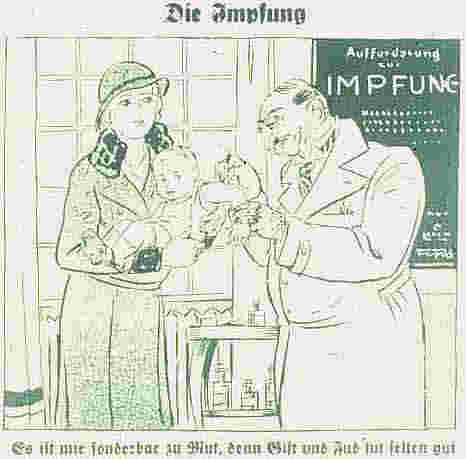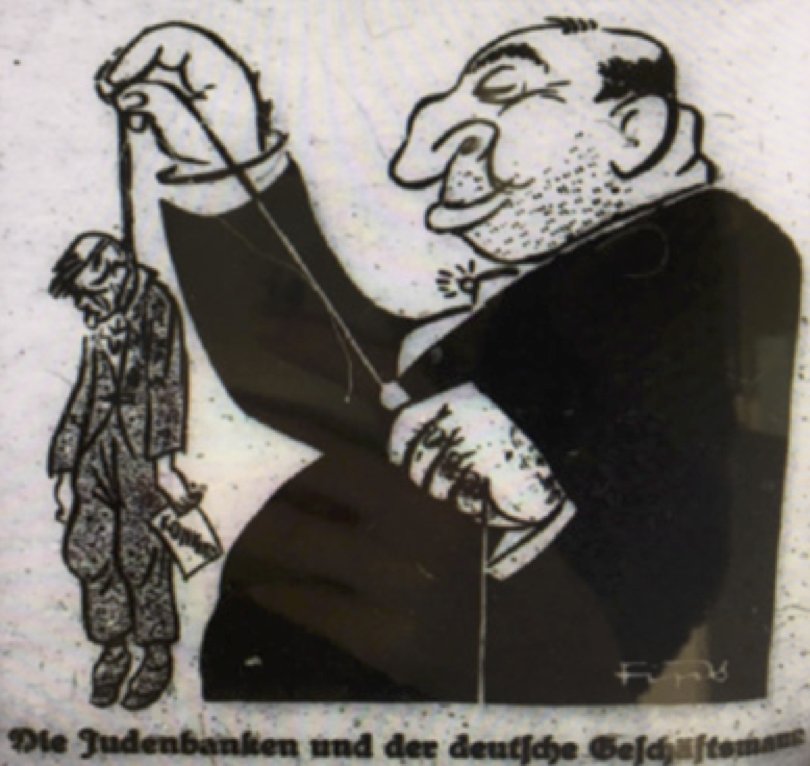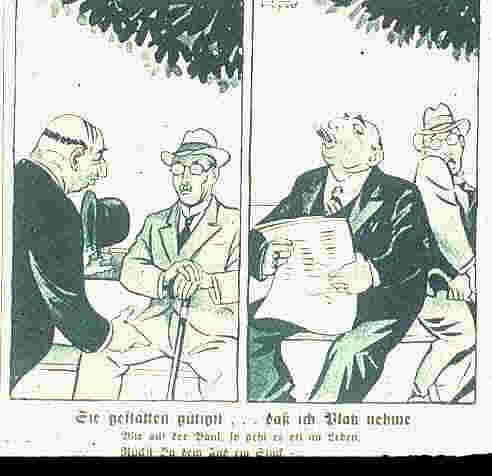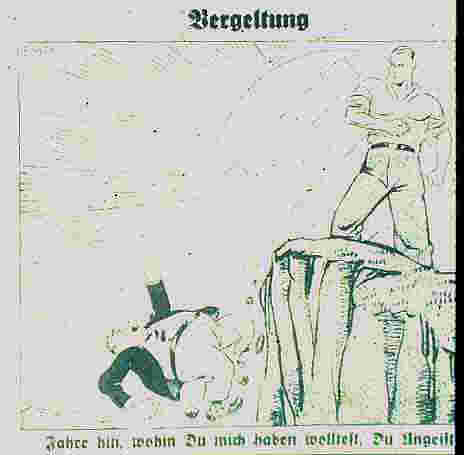"After the German invasion of the Soviet Union, Nazi propaganda stressed to both civilians at home and to soldiers, police officers, and non-German auxiliaries serving in occupied territory themes linking Soviet Communism to European Jewry, presenting Germany as the defender of 'Western' culture against the 'Judeo-Bolshevik threat,' and painting an apocalyptic picture of what would happen if the Soviets won the war"(The Holocaust Encyclopedia).
This cultivated a hatred for foreign enemies, especially the Soviet Union, and irrationally tied Jewish people to foreign adversaries. Connecting these two enemies established the idea that Jews were not only subhuman, but dangerous to German society.

A nazi popaganda poster, USHMM, psychologytoday

United States Holocaust Museum




